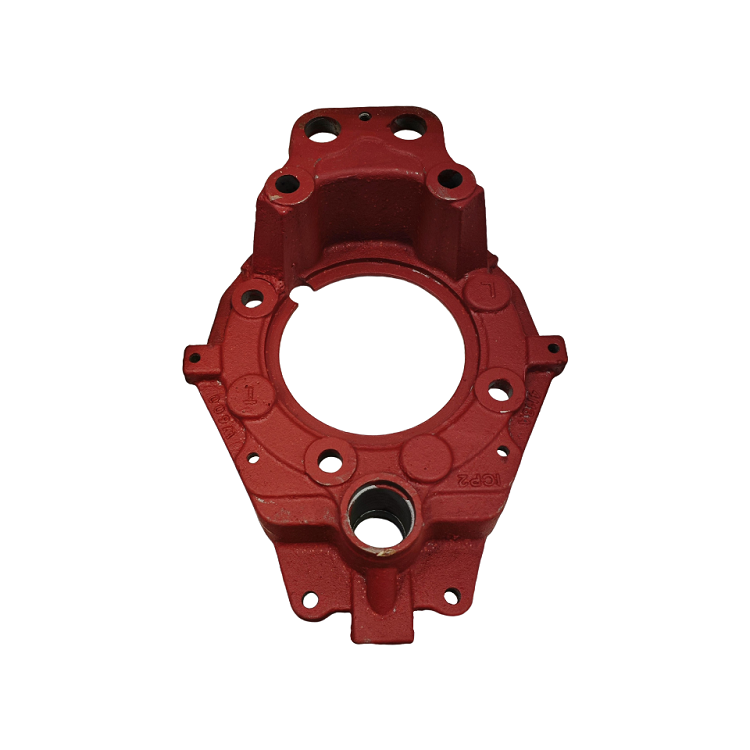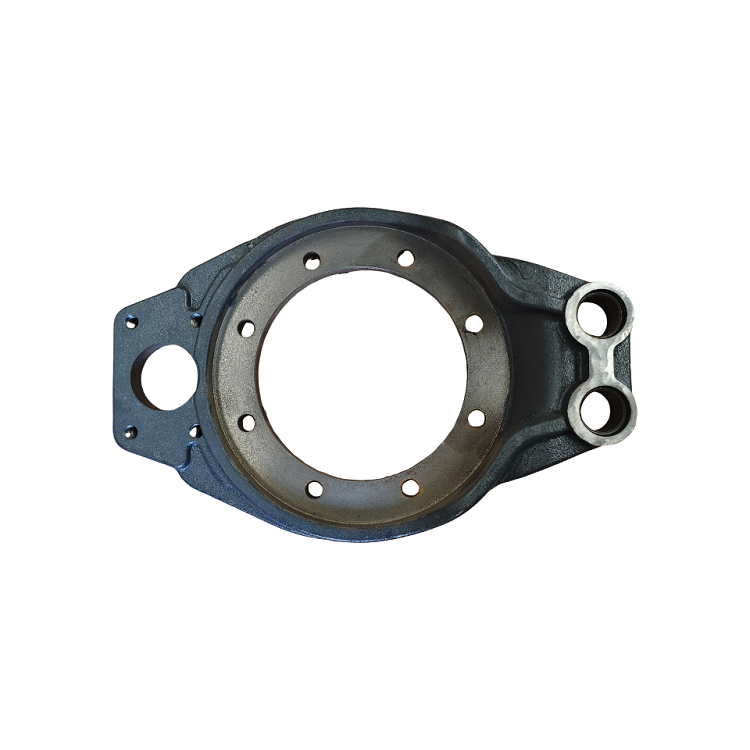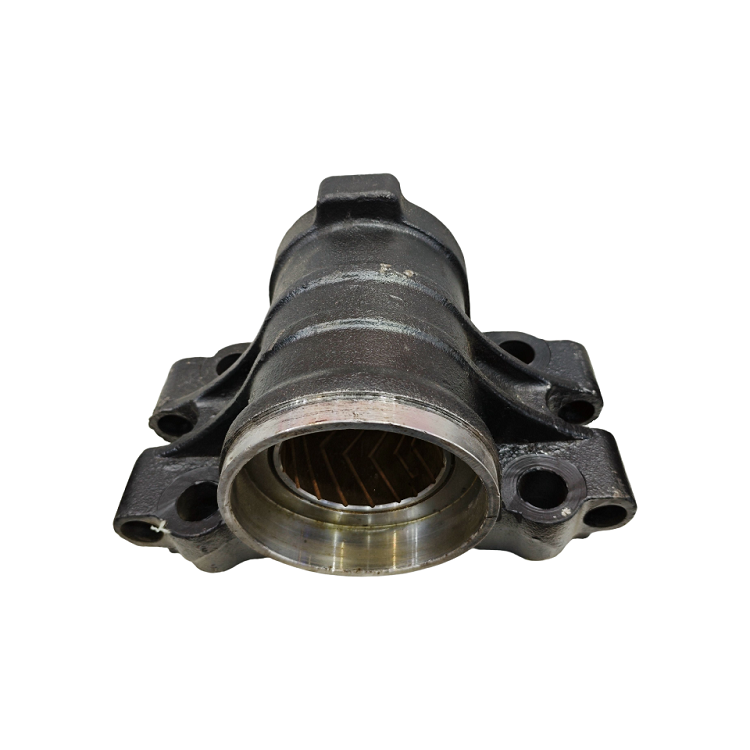The Application and Development of Automotive Component Steel Plate Seat Series
Release time:2025-10-11
The automotive steel plate bracket series refers to structural components made from steel, used in the car manufacturing process to support and secure other parts. The design and manufacturing of these steel plate brackets directly influence a vehicle's safety, stability, and durability, making them a crucial element in the automotive industry.
I. Material Properties of Steel Plate Seats
Steel plate seats typically use high-strength steel, a material that boasts excellent strength and toughness, enabling it to withstand significant loads and impact forces. At the same time, the steel's excellent workability and weldability also make the production process of steel plate seats more convenient. Commonly used steel types include low-alloy high-strength steel and stainless steel—where the former is suitable for most automotive components, while the latter is often employed in parts with particularly high corrosion-resistance requirements.
II. Design Requirements
When designing steel plate seats, the following aspects need to be considered:
Strength and Stiffness : The steel plate seat must have sufficient strength and rigidity to ensure it does not deform or fail during use.
Weight To improve a vehicle's fuel efficiency, the design of steel plate seats should minimize weight as much as possible—without compromising on strength.
Corrosion resistance : Steel plates used in automotive environments are often exposed to moisture and corrosive media, so corrosion protection measures—such as surface coatings or the use of stainless steel materials—are necessary.
Manufacturing Process : The design must also consider the feasibility of the production process, ensuring that the steel plate seats can be efficiently manufactured using existing equipment.
III. Production Process
The production process of steel plate seats primarily involves steps such as stamping, welding, and surface treatment. Stamping is the process of shaping steel plates into desired forms using dies, while welding is used to join multiple components together. Surface treatment enhances the corrosion resistance and aesthetic appeal of the steel seat; common methods include spraying, galvanizing, and electrophoretic coating.
IV. Current Application Status
Steel plate mounts are widely used in various automotive components, such as engine mounts, chassis, and body structures. As automotive technology continues to advance, the design and materials of steel plate mounts are also constantly being updated. For instance, more and more automakers are adopting lightweight designs to enhance fuel efficiency and overall vehicle performance.
V. Future Development Trends
In the future, the development of the automotive parts steel plate seat series will primarily focus on the following areas:
Lightweighting As environmental regulations become increasingly stringent, lightweight design will emerge as a key trend in steel plate seat development. Adopting new materials and optimizing designs will be the critical factors in achieving lightweight solutions.
Intelligentization With the rise of smart cars, steel seat designs will also incorporate more intelligent features, such as integrated sensors, to enable real-time monitoring of the vehicle's status.
Sustainability : Increasingly, companies are focusing on sustainable development in both material selection and production processes, adopting recyclable materials and environmentally friendly techniques.
Automated production With the advancement of Industry 4.0, the production of steel plate seats will gradually become automated, enhancing both production efficiency and product quality.
In summary, the automotive steel plate seat series plays a crucial role in automobile manufacturing, and continuous innovation in their design, materials, and production processes will drive the growth of the automotive industry. By conducting in-depth research on steel plate seats, relevant enterprises can better meet market demands and enhance their competitive edge.






